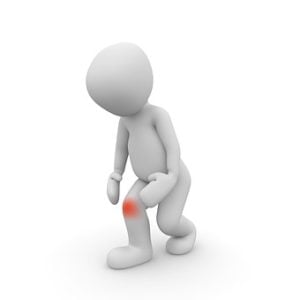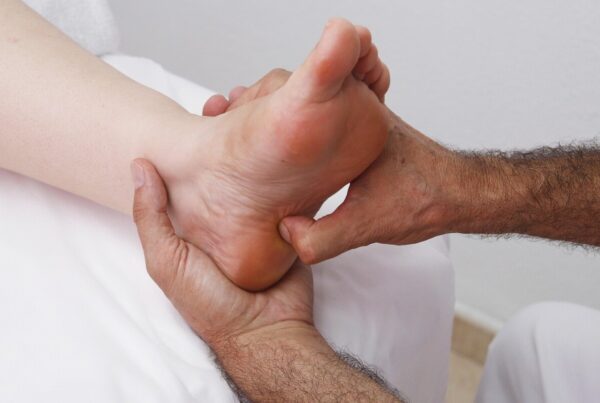 Patella fat pad impingement can be a frustrating injury for patients as it is easily aggravated and can tend to linger. As the name would suggest it involves the fat pad which lies just below and under the kneecap (patella). It can be an extremely uncomfortable injury as the fat pad is one of the most innervated (nerve sensitive) structures in the knee.
Patella fat pad impingement can be a frustrating injury for patients as it is easily aggravated and can tend to linger. As the name would suggest it involves the fat pad which lies just below and under the kneecap (patella). It can be an extremely uncomfortable injury as the fat pad is one of the most innervated (nerve sensitive) structures in the knee.
What are the causes of fat pad impingement?
Due to the fat pad being located below the kneecap, if the kneecap is out of alignment it can “pinch” or “impinge” on the patella fat pad. The kneecap’s alignment can be effected by the following:
- hyperextension injury of the knee or someone with excessive knee hyperextension (overextended knee)
- trauma to the front of the knee
- tight quadriceps
- osteoarthritis in the knee
- fibrosis (hardening) of the fat pad
Some of the symptoms of fat pad impingement can include:
- pain at the front of the knee at rest
- swelling and tenderness around the front of the knee
- pain on end range extension of the knee (when it is fully straight)
- pain with increased walking, running, squatting and jumping activities
- pain wearing high heels
How is it treated?
Treatment is based on addressing the underlying cause as well as treating the symptoms. Initially your Physiotherapist will look at reducing pain and inflammation around knee with soft tissue massage, joint mobilisation, ice therapy, dry needling and taping – just to name a few! Your physiotherapist will then look to ensure you have adequate knee joint range of motion and sufficient strength around the knee and hip. By utilising a strength training program, this will in turn also look at ensuring you have the correct patella alignment. It is part of your Physiotherapist’s role to help return you back to your activity or sport of choice – by helping you add load appropriately and specifically in a safe manner to ensure you don’t re-injure or provoke the patella fat pad. In more extreme cases where physiotherapy and conservative measures have failed, surgery may be implemented if debridement or partial removal of the fat pad is required (although this is rare).
Fat pad impingement can be confused with a few other knee injuries, so be sure to have your injury correctly diagnosed at by a Sports Physiotherapist at Bend + Mend in Sydney’s CBD today. We have three convenient locations across the city.





